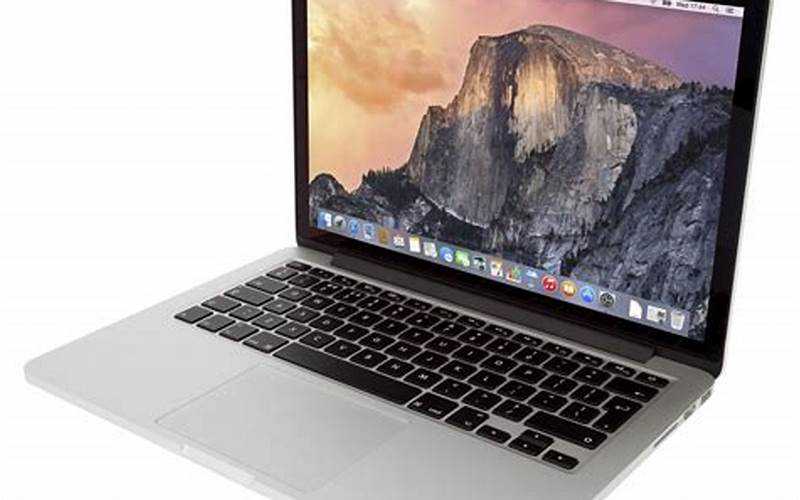Introduction
MacBooks are known for their long battery life, but over time, batteries can wear out and eventually need to be replaced. One way to monitor the health of your MacBook’s battery is by checking its cycle count. In this article, we will explain what cycle count is on your MacBook and how to check it. We will also discuss how to maintain your MacBook’s battery life by understanding cycle counts.
 Source: bing.com
Source: bing.comWhat is Cycle Count?
Cycle count is the number of times your MacBook’s battery has been fully discharged and recharged. Every time you use your battery, you use up a cycle. For example, if you use your MacBook until the battery is completely drained and then charge it back up to 100%, that counts as one cycle. Cycle count is a way to monitor the health of your MacBook’s battery and estimate how much longer it will last before needing to be replaced.
How to Check Cycle Count on Your MacBook
Checking the cycle count on your MacBook is a simple process. Here’s how to do it:
- Click on the Apple logo in the top left corner of your screen.
- Select “About This Mac.”
- Click on “System Report.”
- Select “Power” from the left-hand menu.
Under “Health Information,” you will see “Cycle Count” listed. This will tell you how many cycles your MacBook’s battery has gone through.
What is a Good Cycle Count for a MacBook?
The ideal cycle count for a MacBook depends on the model and year. Apple has set a standard cycle count of 1000 for most MacBook models, but some models may have a higher or lower cycle count limit. It’s important to note that cycle count is not the only factor in determining the health of your MacBook’s battery. Other factors, such as age and usage patterns, can also affect the lifespan of your MacBook’s battery.
How to Maintain Your MacBook’s Battery Life
There are several things you can do to maintain your MacBook’s battery life and prevent it from wearing out too quickly. Here are some tips:
- Avoid leaving your MacBook plugged in all the time. If possible, unplug it and use it on battery power occasionally to keep the battery healthy.
- Keep your MacBook in a cool, dry place. Heat can cause the battery to degrade more quickly.
- Don’t let your MacBook’s battery fully discharge too often. This can wear out the battery more quickly.
- Use the Energy Saver settings on your MacBook to optimize battery life.
- Consider getting a battery replacement if your cycle count is high and your battery life is significantly reduced.
Conclusion
Cycle count is an important factor to consider when monitoring the health of your MacBook’s battery. By regularly checking your cycle count and following the tips we’ve provided, you can maximize your MacBook’s battery life and prevent premature battery wear. Remember that cycle count is just one factor in determining battery health, so if you’re experiencing significant battery issues, it may be time to consider a battery replacement.